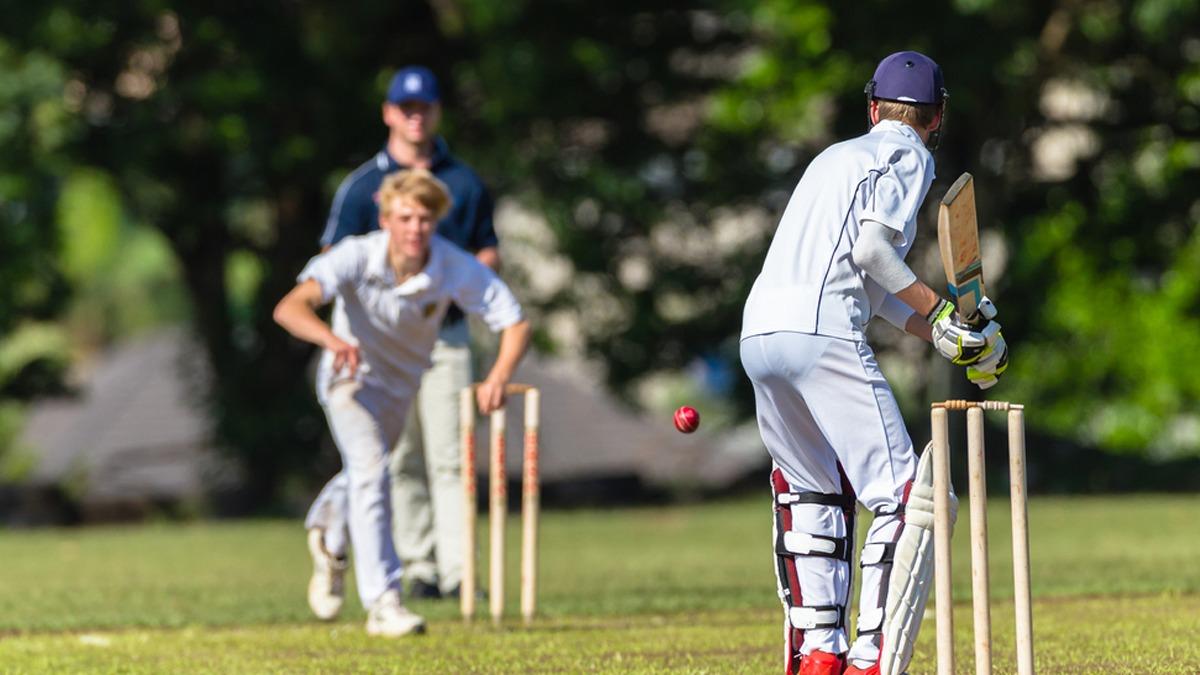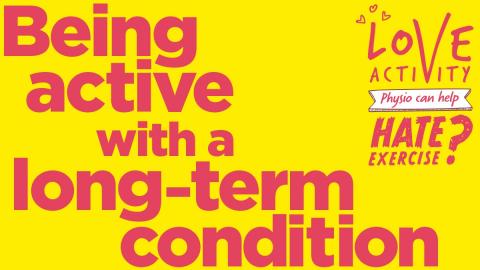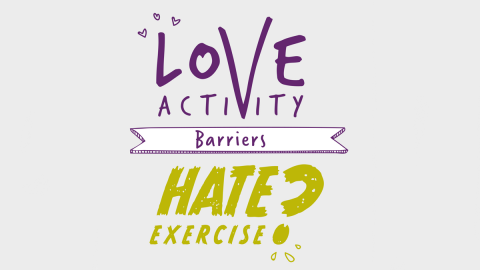Physiotherapy helps cricketers to prevent, minimise risk and recover from injuries. Batting, bowling and fielding can carry serious injury risks for cricketers. With the Ashes in full swing, get the expert view below.
On this page:

Cricketers from all over the world risk a range of injuries, which can become career-threatening and even life-threatening in some cases. Chartered physiotherapists can help to prevent and minimise the risk of injury on the pitch.
If injuries occur, physiotherapy can help with effective strengthening and conditioning strategies, addressing fitness or muscular imbalances to help players back to the game as soon as possible.
Current evidence published by the Association of Chartered Physiotherapists in Sports & Exercise Medicine recommends following the Price guidelines: Protection, Rest/optimal loading, Ice, Compression and Elevation:
- Protection: splints, taping, modifying activity/relative rest
- Optimal loading/rest: gradually loading the tissues in a gentle manner relative to their state of injury and repair. Best done under physiotherapy guidance
- Ice: cold compress, cold water immersion in the first 24-48 hours of healing
- Compression: strapping, compression garments when appropriate eg: acute joint swelling
- Elevation: place injured part higher than the heart
Why physiotherapy?
Cricketers are at risk of lower back pain, hamstring injuries, shoulder strain and more. Physiotherapists diagnose, address injuries and provide strategies for a safe progression back to the pitch.
A chartered physiotherapist will take a detailed injury history, and assess posture, joint, muscle and nervous system function. They can perform tests such as ligament and meniscal tests for knee injuries, or ligament and muscle function tests for shoulder injuries.
The ability to perform essential skills such as batting and bowling, as well as cricket-specific balance and co-ordination tasks can be assessed by a physio to ensure that players are match-fit.
Full rehabilitation is vital to minimise injury recurrence, which can result in longer periods away from play. Find out more about specific injuries below.
Hamstring injuries
What are they?
Hamstrings are the muscles running down the back of the thigh to the knee. These muscles are very active when running, jumping, bending down and moving quickly, so are placed under strain when bowling, fielding or running between wickets.
There are different grades of injury (1-4), with 1 representing an acute, indirect muscle disorder (possibly induced by fatigue or delayed onset muscle soreness) and higher levels representing structural muscle and/or tendon injury.
How does physiotherapy help?
Physiotherapists provide advice on how to gradually strengthen the hamstrings and other muscle groups, promote good healing and progress exercises to prevent recurrence. Back injuries can place additional strain on the hamstrings and adjacent nerve structures.
Famous cricket examples include current Australian captain Michael Clarke, who required surgery for a career-threatening hamstring injury. Fast bowler Steve Harmison, a key member of the English side that won the historic 2005 Ashes series, was battling a significant hamstring problem when he retired in 2013.
Side strain
What is it?
This is a tear of the internal oblique muscle at its point of insertion on the rib or costal cartilage, most commonly at the insertion of the eleventh rib, or less commonly at the ninth and tenth.
Side strains are associated with repetitive arm action. Pain can come on gradually or suddenly, with point tenderness.
How can physiotherapy help?
There can be acute internal swelling and in some cases, stripping of the rib periosteum, the outermost layer of bone.
Healing usually requires 4-6 weeks rest from play, so physiotherapists promote rest and gradual return to activity, technical review and appropriate strength and conditioning.
Recurrence rates are high in the first 2 years following injury, so correct diagnosis, usually with an MRI, is useful, alongside preventative management.
Groin injuries
What are they?
The hip flexor and adductor muscles help control movement when moving the thigh upwards or when moving the leg across the body. Cricketers use them extensively when batting, bowling, crouching low, leaping and running.
Quick or repetitive movement can result in injury to muscle fibres and/or tendons, or put pressure on bony attachments and hip joint surfaces.
How can physiotherapy help?
Physiotherapy examination and specific tests can identify the source of pain and assist healing. Sports physiotherapists analyse movement, muscle strength and control to identify why the problem has occurred and to help players take steps to prevent it. Specific pre-season strengthening and drills can be useful.
Wrist and hand injuries
What are they?
Cricketers can injure bones, joints, tendons, ligaments and nerves in their hand, often associated with the impact of playing with a heavy, leather covered ball travelling at speed.
How can physiotherapy help?
Physiotherapists can help identify the need for further examination or x-rays, provide acute management with compression and ice, and stabilise painful and unstable joints and bones with taping and bracing.
If hand and wrist surgery is required, they play a crucial role in helping regain full finger, hand and wrist movement and return to play. They can work with teams to prevent injury through appropriate ring and little finger taping while fielding.
Wrist and hand injuries can be serious: Sussex player Rory Hamilton-Brown retired at 27 years of age in 2015 due to wrist injury.
Lower back pain
What is it?
Bowling, batting and some fielding positions can place great strain on the spine. In batting, the spine can remain in a relatively similar posture for long periods, whilst medium and in particular fast-paced bowlers can repeatedly move their spines from a position of relatively extreme extension into extreme flexion exceptionally quickly.
This in turn places strain on structures of the spine and results in injuries such as lumbar vertebral stress fractures.
How can physiotherapy help?
Studies suggest that bowlers with certain physical characteristics such as significant differences in muscle bulk and strength between sides, or bowling with certain techniques for extended periods may be at increased stress fracture risk.
Physiotherapists work closely with coaches and players to identify risk factors and analyse bowling action. Physical conditioning in preseason and beyond is crucial. Physiotherapists help progress exercises and return to sport in a safe manner.
It can be particularly problematic for those in their teens or early twenties. Among those who have sustained the ‘fast bowler’s curse’ of a stress fracture is James Anderson.
Shoulder injuries
What are they?
Repetitive shoulder movement puts cricketers at risk of muscle and ligamentous injury. This can result in either impingement of shoulder muscles and tendons or, as in the case of Australian spinner Shane Warne, dislocation.
How can physiotherapists help?
Cricketers may have muscle imbalances, where some muscles are working inefficiently. This may result in producing less force and soft tissue and predispose players to shoulder injury.
Physiotherapists help redress pain and stiffness with manual therapy, provide muscle strengthening and control programmes and help provide shoulder stability with taping techniques.
They guide and progress rehabilitation programmes when operations are required, such as in the case of Shane Warne and England’s one day cricket captain Eoin Morgan in 2011.
Knee injuries
These are less common than other injuries, but it is important to note the potential for varied knee injuries in cricket.
Please see our general exercise advice for knee pain.
Head, neck, facial and uncommon injuries
Increasingly, the healthcare and sporting fraternity are identifying risks and devising injury prevention strategies. Horrific head and neck injuries occurred in previous cricketing eras, and with the introduction of compulsory protective headgear whilst batting, the incidence of such injuries has significantly decreased.
Those fielding in front of the crease and close to batsmen often wear helmets for protection. Sadly, the recent death of Australian cricketer Phil Hughes after being hit in the neck by a bouncer highlighted the potential for highly unlikely and uncommon injuries in sport.
South African wicketkeeper Mark Boucher suffered a lacerated sclera when hit by a ricocheting bail, with irreparable vision loss, photophobia and further damage, forcing immediate retirement from international cricket.
Studies also identify the need to mark a boundary line on the playing field to help prevent collision with fences while fielding.
Physiotherapists play a crucial role in identifying these risks and working with the sporting and health care fraternity to review the costs and benefits of protective gear to appropriately advise players and coaches at all levels of play.
Do you need a physio to help with a cricket injury? Try our Physio2u directory.







































